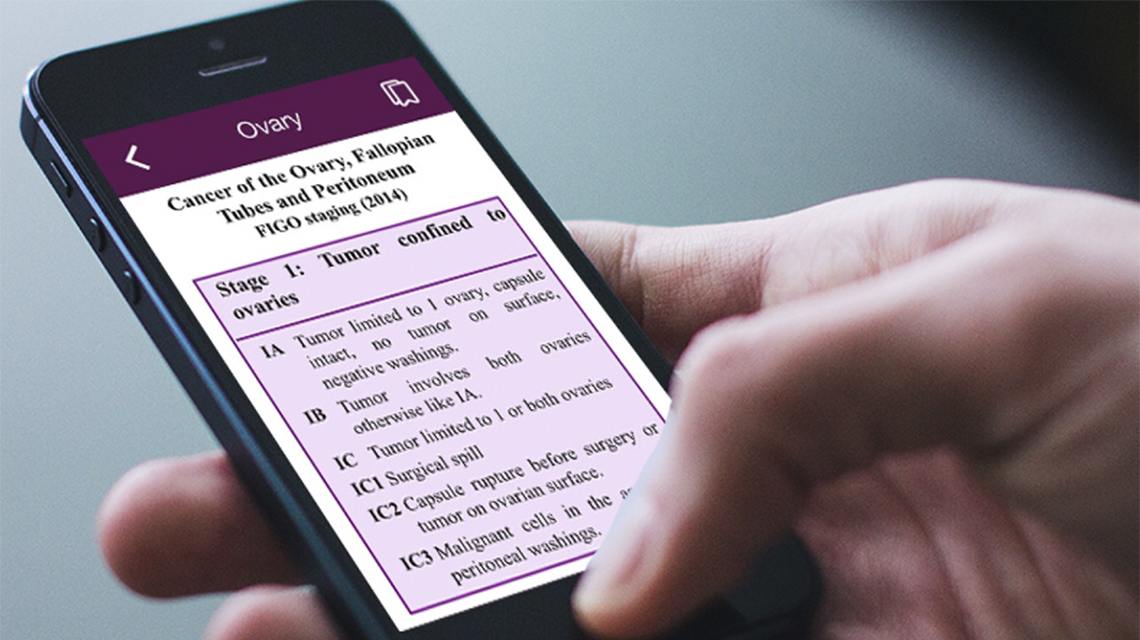Expanding online resources
The IAEA has continued to expand its online offerings through e-learning tools that help promote IAEA publications and resources. “It’s a continuation and complement to our work; our approach is to start from IAEA published guidelines and disseminate them through training courses during which we develop material to be used for e-learning,” said Giorgia Loreti, training officer in medical physics at the IAEA. The IAEA develops online courses to facilitate access to best practices in clinical applications of radiation medicine in, for example, the field of medical physics.
“We spend a lot of time testing the e-learning modules and performing extensive quality control before we release them,” Loreti said. “E-learning is a flexible tool that allows accessible, structured yet self-paced learning. It adds value to the learning experience through making it interactive.”
For example, to complement the IAEA publication, Introduction of Image Guided Radiotherapy into Clinical Practice, released in 2019, an e-learning course was produced based on a training course run jointly with the International Centre for Theoretical Physics (ICTP). The e-learning course, intended for postgraduate medical physics students and professionals, comprises eight modules with videos, slides and self-assessment tests, which provide an overview of the physics and technologies related to image guided radiotherapy.
“We know students on e-learning courses may not have access to the practical sessions given in a typical medical physics course nor to the interaction with the lecturers,” Loreti said. “We have developed specific self-assessments to ensure topics are understood in-depth before the student can proceed to the next module.”


